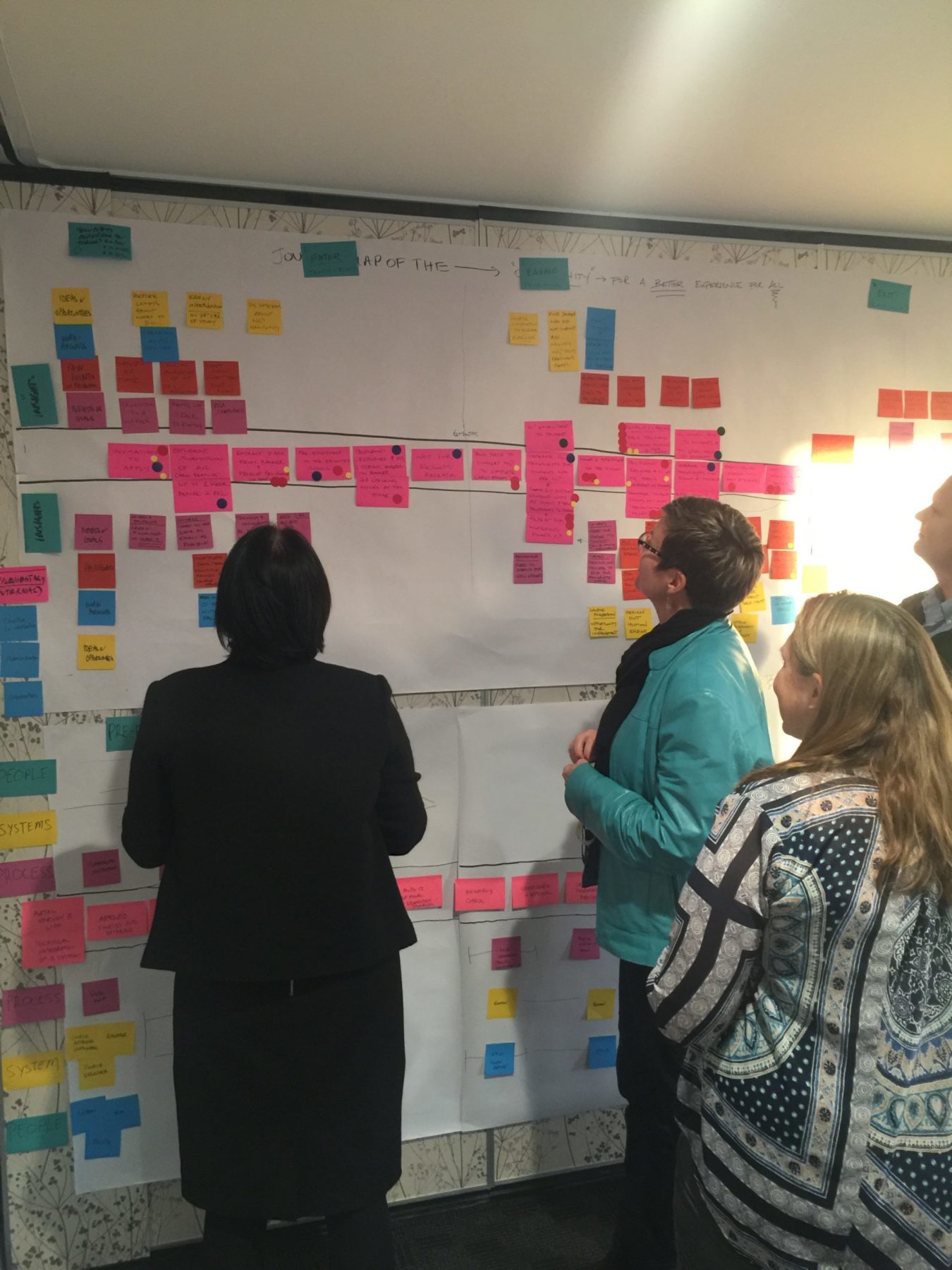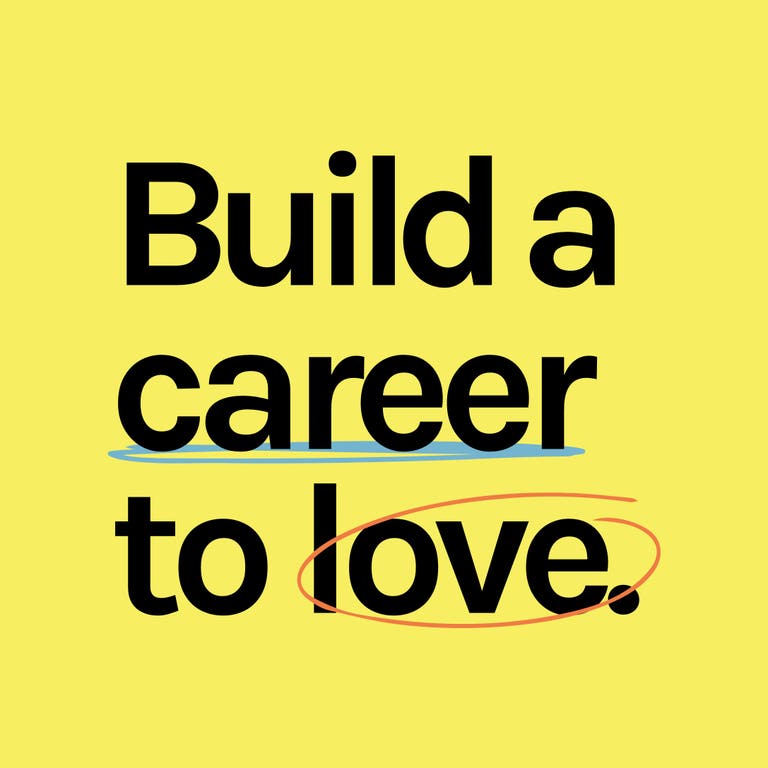It is a reasonably well understood truth, that designers have a unique ability to create new value, and solve problems – often problems we didn’t even know we have. Remember when you first experienced say, highlighter pens? Or text messaging? How did the designers of those products and services know that pretty much everyone would need what they had designed? And before long, not be able to live without it?
That ability to uncover a ‘latent’ (or unknown) need, and create a product or service to help you fix the problem you are experiencing every day, is the power of good design.
And the great (and probably surprising) news is, we all have the ability. By following the process that designers use to create these genius inventions, we can unlock creativity in our organisations and start to generate really breakthrough, much-needed inventions to solve real problems in the world.
Design Thinking was commercialised in the early 00’s out of Silicon Valley by an innovation agency called IDEO, who realised that the process a designer goes through to create value, is something that we can all adopt in business to solve problems and create innovation. They went about teaching it in collaboration with Stanford Design School (D-School), and now it is taught in most major business schools and used by many large corporations around the world as a framework for innovation.
So how does Design Thinking work, why has it become so popular and how can you use it to unlock creativity in your organisation?
Firstly, designers always start with observation. They observe the customer or segment of the market they are designing for, for ages. Sometimes, months. They call this having Empathy. They observe them going about their everyday jobs & interacting with everyday objects, relevant to the business they are designing for. They are looking for pain-points, or needs, that they can design a solution for. As well as observation, they get really inquisitive, and often have very emotive, open-ended conversations with consumers about how they are feeling about the situation, and what they would most like to see change.
Then they form a point-of-view, on who specifically they are designing, and what particular problem particular they are going to solve. They come up with a Defining statement that richly describes who they are designing for, what they most need, and an interesting insight that surprised them about why they need this most. This forms the focus for their design process, or solution building. Essentially, the brief.
Then the really fun bit starts. They are brave and conduct wild Ideation sessions to come up with a really broad range of ideas for how they might solve the problem, or meet the need they have discovered. They don’t judge, they don’t worry about logistics, or budget, or the feasibility of the idea (at this stage!). They are trying to come up with breakthrough ways to solve the problem in a collaborative way – often smashing two ideas together, so they can charge the greatest amount of value as it has the greatest impact. This is a brave and scary stage, but is the art of great design – being open to creating something truly break-through.
They then do something really, really clever. They select the best idea, and they Prototype it. They don’t assume whatever they have come up with will work – they go and find out. It’s called ‘building to learn’. They build a mock-up of their product or solution, really fast and really cheaply (often out of cardboard, or hand-drawn) and put it in front of the people they will eventually be going to sell it to. They then step-back and listen, observe, and allow the ‘user’ to interact with the proposed solution. They don’t sell, they don’t defend, they are open to it working or not (this is an aha moment if it’s not – as they have tested it for a super low cost).
Sounds easy, but this is actually a very hard thing to do, as its human nature to want to launch your product on your consumer – unveiling your genius idea all perfectly finished and with a big bang. But by not involving the user of the product or service in the development process, you may find that it doesn’t quite work how you thought, and your failure could be public, and expensive. By being open to it not working, or failing very early on in the development process, designers discover something from the user that actually, makes it better (9/10). And they keep prototyping – often putting their ‘test idea’ or ‘experiment’ in front of their consumer 3 or 4 times before they decide they have something they want to take into final production.
Lastly, they design and manufacture the product in a small run, and create a Test market for it. They don’t produce 10,000 items – they print or produce a small run, and watch carefully in the early stages for ways to continue improving the product. At this stage they are also testing the commerciality of the idea, and refining the viability and profitability of how it is made and marketed, always looking for incremental improvements.
Everyone in your business – whatever their role – can use this mind-set and skill-set of a designer to solve real problems. Both for internal and external customers. In fact, its often best to start on your internal team – as undoubtedly there are more ways for incremental design improvement internally than in your customer proposition. There are plenty of short courses both here in New Zealand and globally where you can hone your skills and quickly – through learning by doing – embed the skill-set of design thinking into your business. But by far the best way to learn, is to apply your knowledge to a project – preferably with a coach working alongside – to guide you and embed best practice.
By adopting the method of design thinking as a business person, you don’t replace the craftsmanship of designing your actual end product – you will probably still need a product, web or graphic designer to ensure the final version is highly functional and aligns with your brand, but you have created a brief for the designer based on a real insight about your customer or user, that will result in a more powerful partnership with your design team and outcome for your customers or service users. And the whole process will likely have cost you a lot less, and have less risk of failing on the big stage.
So whether your company is selling to business customers, general consumers or children, by empowering your people at all levels within the organisation to start with an ‘outside-in’ mentality to product & service development, and by putting the needs of the consumer at the centre of everything that you do, you might find that you will unlock an idea that just could be the next blue-tack or Facebook!





